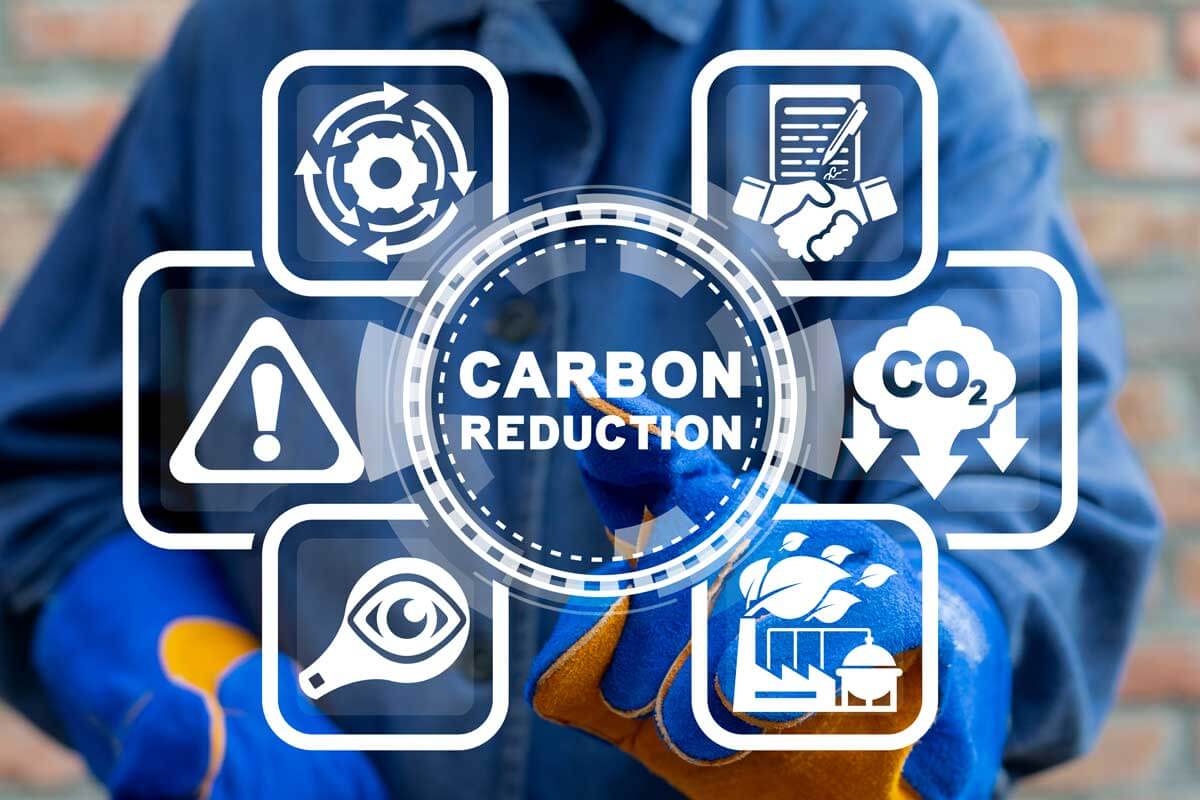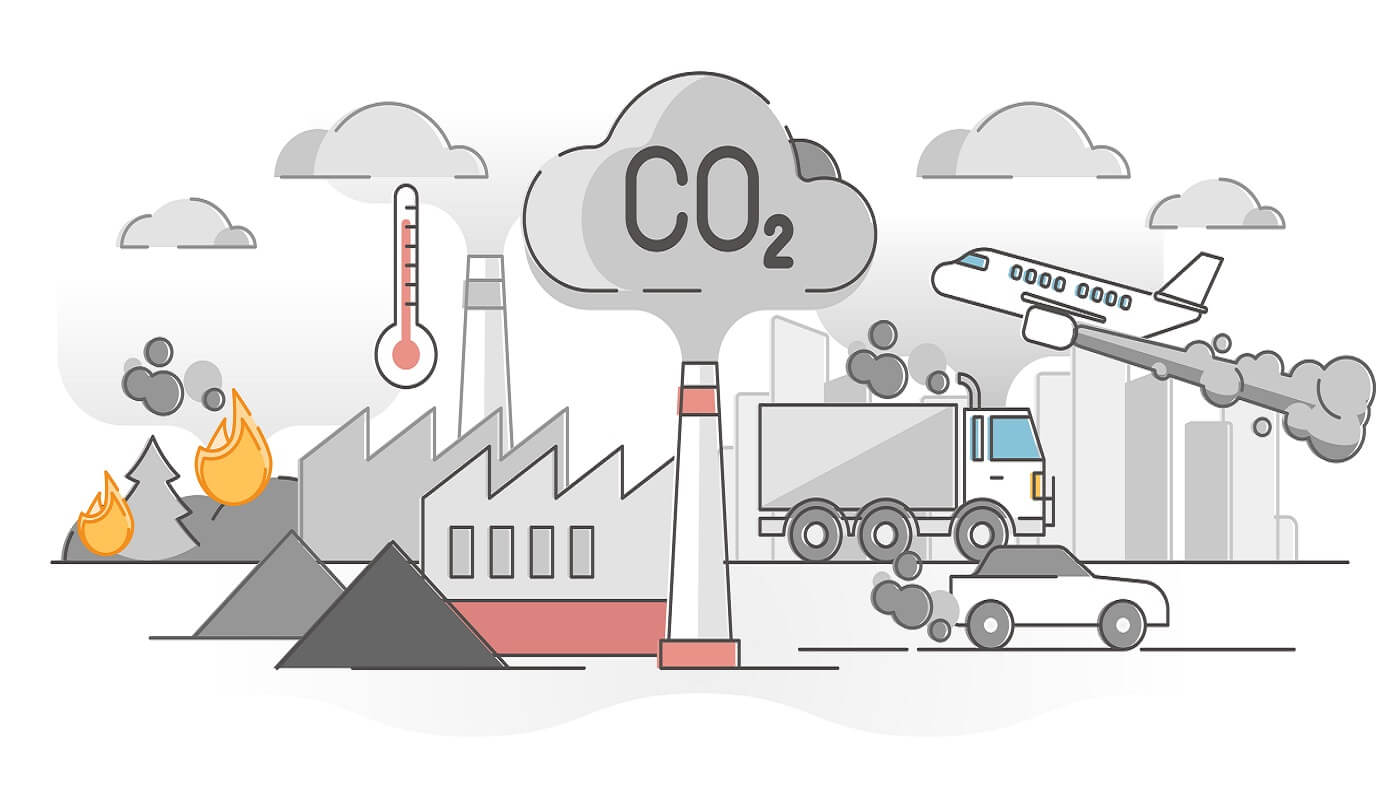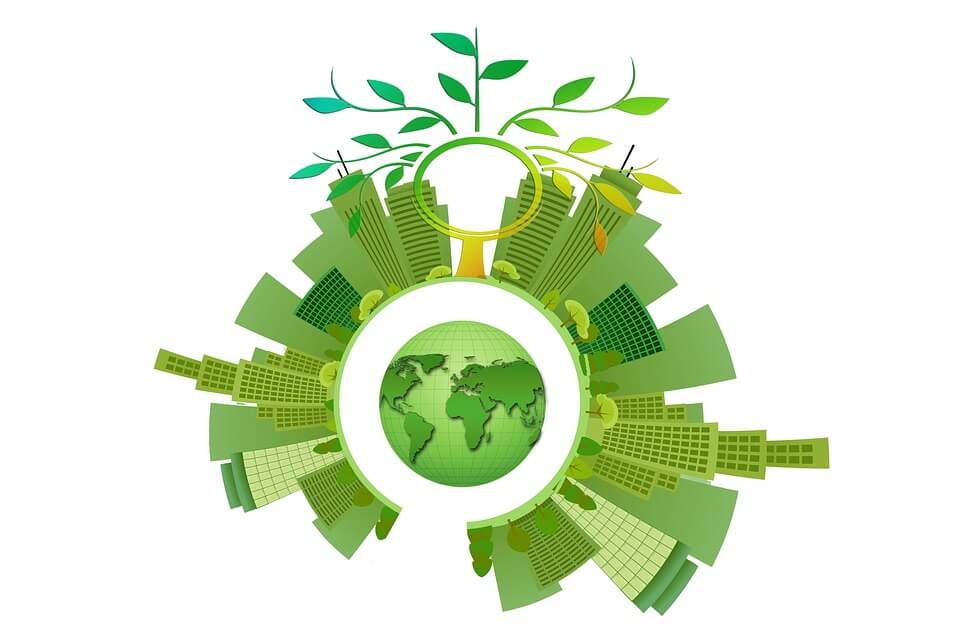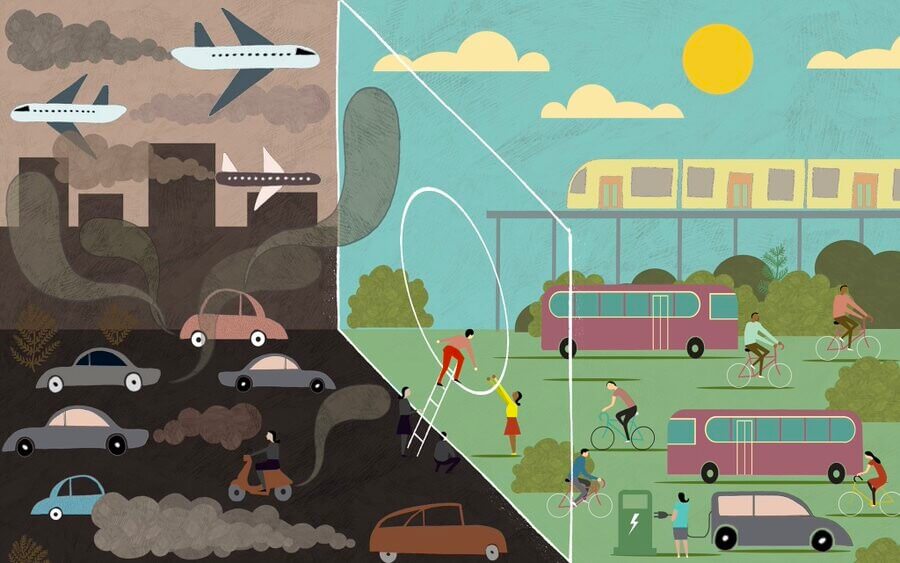How to offset my carbon footprint
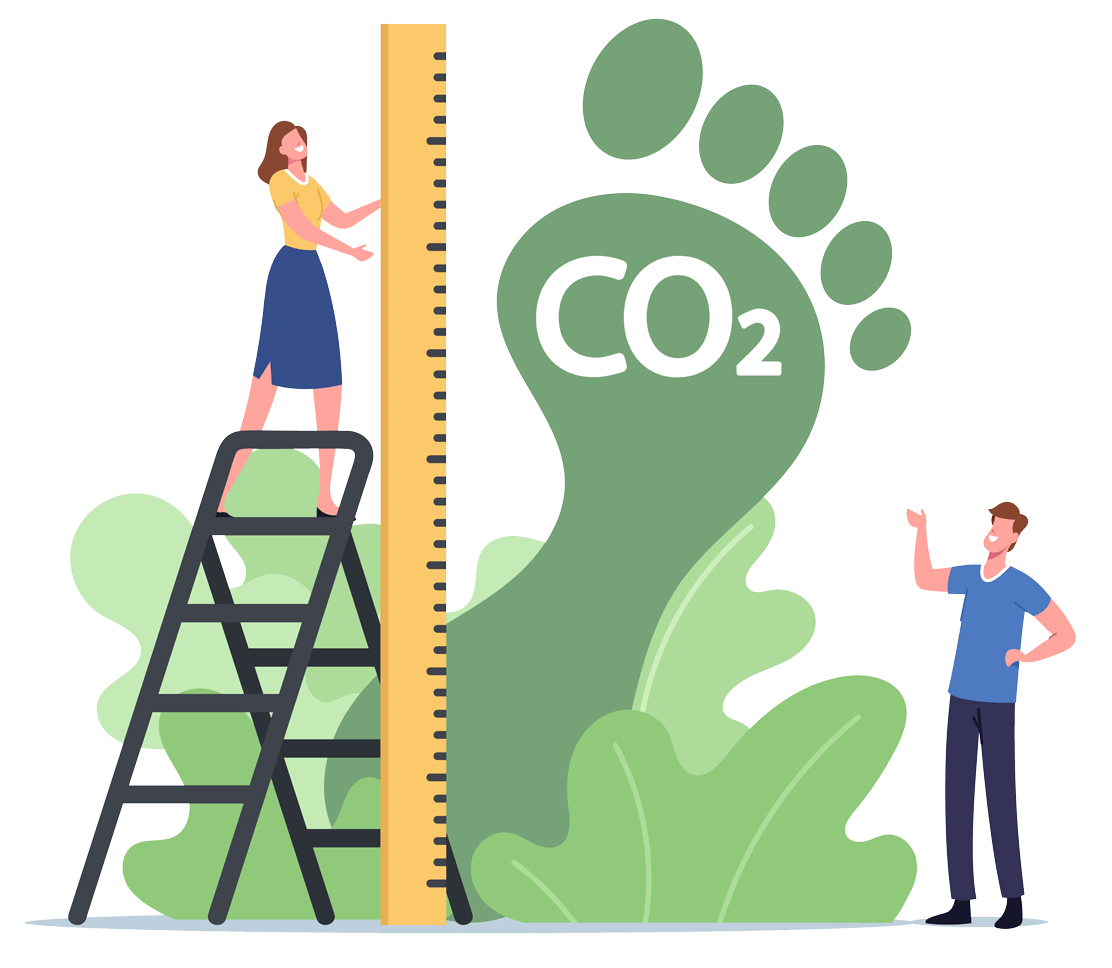
How to offset my carbon footprint
With the pressing issue of climate change looming over our planet, it’s crucial for each of us to take responsibility for our carbon footprint.
The truth is, our daily activities, from driving to heating our homes, contribute to carbon emissions.
These emissions trap heat in the atmosphere, leading to global warming and its harmful consequences. But the good news is, you can take action to make a positive impact.
In this article, you will learn the following about how to offset your carbon footprint:
- What is a carbon footprint and why is it important to offset it?
- How to calculate your carbon footprint and choose reputable offset providers.
- Tips for combining offset efforts with emissions reduction and addressing common concerns.
Climate change is one of the most pressing issues of our time, and understanding our individual impact on the environment is crucial.
One key measure of this impact is our carbon footprint, which refers to the total amount of greenhouse gas emissions, primarily carbon dioxide, that are produced directly or indirectly by our activities.
In this comprehensive guide, we will explain what a carbon footprint is, why it is important to offset our emissions.
Understanding Carbon Footprint
To effectively offset our carbon emissions, it is essential to understand what a carbon footprint entails. A carbon footprint is a measure of the amount of greenhouse gas emissions produced by:
- Individual
- Organization
- Product
These emissions arise from various sources, including energy usage, transportation, diet, and waste.
Energy Usage
One significant contributor to carbon emissions is energy consumption. The burning of fossil fuels such as:
- Coal
- Oil
- Natural gas
For electricity and heating purposes releases carbon dioxide into the atmosphere.
By reducing our energy consumption and transitioning to renewable energy sources, such as solar or wind power, we can significantly decrease our carbon footprint.
Transportation
The burning of fossil fuels in vehicles:
- Cars
- Trucks
- Airplanes
To reduce transportation-related emissions, consider walking, biking, or using public transportation whenever possible.Carpooling and ridesharing are also effective ways to lower emissions.
Diet
Our dietary choices also play a significant role in our carbon footprint. The production of meat particularly:
- Beef
- Lamb
Adopting a plant-based diet or reducing meat consumption can substantially reduce our carbon footprint.
Additionally, buying local and organic foods can help minimize emissions associated with transportation and agricultural practices.
Waste
Landfills emit methane, a potent greenhouse gas. By practicing waste:
- Reduction
- Recycling
- Composting
Understanding the various sources of carbon emissions is crucial in taking steps to reduce our personal carbon footprint. By making conscious choices in:
- Energy
- Transportation
- Diet
- Waste management.
Calculating Your Carbon Footprint
Various online calculators and tools are available to help you estimate your carbon footprint accurately. These tools typically take into account factors such as:
- Energy consumption
- Transportation habits
- Food choices
- Waste generation
Calculating your carbon footprint involves gathering information on:
- Energy bills
- Vehicle mileage
- Dietary habits
The calculators will then use this data to provide an estimate of your carbon emissions in terms of metric tons of carbon dioxide equivalent (CO2e).
Once you have calculated your carbon footprint, you will have a baseline measurement of your emissions.
Offset Methods and Strategies
Offsetting your carbon footprint involves compensating for the emissions you cannot eliminate by funding projects that reduce emissions elsewhere. These projects can include:
- Renewable energy
- Reforestation efforts
- Energy efficiency programs.
Supporting Renewable Energy Projects
One popular method of carbon offsetting is supporting renewable energy projects. By investing in renewable energy such as:
- Wind farm
- Solar farm
These projects directly contribute to reducing greenhouse gas emissions and promoting sustainable energy sources.
Reforestation and Forest Conservation
Another effective offset method is investing in reforestation and forest conservation projects.
Trees absorb carbon dioxide and store it in their biomass, effectively reducing the concentration of greenhouse gasses in the atmosphere.
By supporting initiatives that plant trees or protect existing forests, you can help increase carbon sequestration and biodiversity.
Energy Efficiency Programs
Investing in energy efficiency programs is another way to offset your carbon footprint. These programs aim to reduce energy consumption by implementing measures such as:
- Upgrading appliances
- Improving insulation
- Promoting energy-saving practices.
By supporting energy efficiency initiatives, you indirectly reduce the demand for fossil fuel-based energy production, thus mitigating greenhouse gas emissions.
Some individuals may prefer to invest in renewable energy projects, while others may be more inclined to support reforestation efforts.
Consider exploring different options to find an offset method that aligns with your values and desired impact.
Offset Method | Description |
Supporting Renewable Energy Projects | Investing in renewable energy projects such as wind or solar farms to replace fossil fuel-based electricity generation with cleaner alternatives |
Reforestation and Forest Conservation | Investing in initiatives that plant trees or protect existing forests to increase carbon sequestration and biodiversity |
Energy Efficiency Programs | Supporting initiatives that aim to reduce energy consumption through measures such as upgrading appliances, improving insulation, and promoting energy-saving practices |
Choosing a Reputable Offset Provider
It is crucial to choose a reputable organization that adheres to international standards and has transparent reporting methods.
Several reputable organizations offer carbon offset programs, ensuring that your contributions effectively reduce emissions.
Carbon Footprint (carbonfootprint.com) is one such organization that offers verified offset projects meeting international standards.
By choosing a well-established and reputable offset provider, you can be confident that your contributions are making a genuine difference.
Carbonfund
Carbonfund (carbonfund.org) is another organization that provides individuals with opportunities to offset their carbon footprint. They offer various offset projects, including renewable energy, reforestation, and energy efficiency initiatives.
Carbonfund emphasizes the importance of supporting carbon reduction projects to combat climate change.When choosing an offset provider, consider factors such as the types of:
- Projects support
- Their track record
- Transparency of their reporting
Calculating and Contributing to Offset Projects
After calculating your carbon footprint and selecting a reputable offset provider, you can determine the amount of carbon emissions you need to offset.
The cost associated with offsetting emissions varies depending on the provider and the specific projects you choose to support.
To contribute to offset projects, you can make financial contributions directly through the offset provider’s website.
The provider will allocate your contributions to the chosen projects, ensuring that your funds are used to implement emission reduction measures effectively.
Monitoring and Tracking Offset Contributions
Monitoring and tracking your offset contributions is essential to ensure transparency and accountability.
Reputable offset providers offer tools and platforms that allow you to monitor the progress of the projects you support and the impact they have on reducing carbon emissions.
Regularly checking the updates provided by the offset provider enables you to stay engaged with the projects and witness the positive changes resulting from your contributions. It also allows you to evaluate the effectiveness of your offset efforts.
Combining Offset Efforts with Emissions Reduction
While offsetting your carbon footprint is crucial, it is equally important to make efforts to reduce your emissions directly.
Offset efforts should complement, rather than replace, individual actions to minimize carbon emissions.
Reducing your carbon footprint in daily life can have a significant impact on combating climate change. Here are some practical tips to help you reduce your emissions:
Energy Conservation
- Use energy-efficient appliances and lighting.
- Set thermostats at appropriate temperatures and insulate your home properly.
- Turn off electronic devices when not in use.
- Opt for renewable energy sources, such as solar panels or wind turbines.
Sustainable Transportation Choices
- Walk, bike, or use public transportation whenever possible.
- Carpool or rideshare to reduce the number of vehicles on the road.
- Choose fuel-efficient or electric vehicles if purchasing a new car.
- Consider telecommuting or remote work options to reduce commuting emissions.
Adopting a Plant-Based Diet
- Reduce meat consumption, especially beef and lamb.
- Incorporate more plant-based meals into your diet.
- Choose locally sourced and organic foods to reduce emissions from transportation and agriculture.
By combining offset efforts with emissions reduction in your daily life, you can maximize your contribution to combating climate change.
Addressing Common Concerns and Questions
As with any topic, carbon offsetting comes with its own set of concerns and questions.
It is important to address these concerns and provide evidence to support the benefits of offsetting.
Here are some of the most common concerns and relevant information that can help you understand them better:
What is carbon offsetting really?
Offsetting involves offsetting the CO2 emissions you produce, often by investing in projects that reduce or capture CO2 elsewhere, such as reforestation or renewable energy.
Does it really work?
Yes, but not all offsets are equal. It is vital to choose verified and accredited projects that demonstrate an effective reduction in emissions.
Isn’t it just an excuse not to reduce direct emissions?
Offsetting should not be seen as a one-size-fits-all solution. It is a tool that can complement reduction efforts, but not replace them.
How do I know my money is going where it should?
It is crucial to research and choose transparent and reputable offset providers that are linked to verifiable projects.
Does offsetting have any side benefits?
Many offset projects, especially those related to reforestation, offer additional benefits such as biodiversity conservation, water protection and support for local communities.
Is it expensive to offset my carbon footprint?
The cost varies depending on the project and the amount of emissions you wish to offset. However, there are options for all budgets, and often the cost is less than people expect.
At the end of the day, carbon offsetting is a powerful tool in the fight against climate change, but it is essential to approach it with an informed and critical approach.
As you embark on this sustainability journey, remember that every little effort counts and, together, we can make a significant difference.
Effectiveness of Offsetting
Some may question the effectiveness of offsetting as a strategy to combat climate change.
However, numerous studies and research support the positive impact of offset projects in reducing greenhouse gas emissions.
These projects actively work towards replacing carbon-intensive practices with sustainable alternatives, ensuring that emissions are effectively reduced.
Potential Drawbacks
While offsetting is an important tool, it should not overshadow the need for emissions reduction. Relying solely on offsetting without actively reducing emissions can hinder progress towards long-term sustainability goals.
Therefore, it is crucial to combine offset efforts with personal emissions reduction strategies.
By addressing common concerns and providing evidence-based information, we can encourage individuals to embrace carbon offsetting as a valuable tool in the fight against climate change.
Conclusion
Offsetting your carbon footprint is a proactive step towards mitigating climate change and preserving the environment for future generations.
By understanding what a carbon footprint is, calculating your emissions, and choosing reputable offset providers and projects.
Remember that offsetting should be complemented by efforts to directly reduce your carbon footprint.
By adopting energy-efficient practices, making sustainable transportation choices, and adopting a plant-based diet, you can further contribute to combating climate change.
Take action today to offset your carbon footprint and inspire others to join the movement towards environmental conservation.
Additional Resources
For further information on carbon offsetting and environmental conservation, explore the following resources:
- Carbon Footprint Analysis: This article explains carbon footprint analysis as a tool used to measure greenhouse gas emissions and provides insights into its significance.
- 3 Steps to Offset Your Carbon Footprint: Carbon Footprint offers verified offset projects and provides information on how to offset your carbon emissions effectively.
- 35 Ways to Reduce Your Carbon Footprint: This article provides 35 easy ways to reduce your carbon footprint, including practical tips for individuals to adopt in their daily lives.
What causes carbon footprint? From everyday activities to industrial impacts, learn how to mitigate your environmental footprint effectively."
Understand carbon footprint units like CO2e and kilograms to measure and reduce your environmental impact effectively.
Explore the different carbon footprint types—direct, indirect, embodied, and product—and learn strategies to reduce your environmental impact effectively.
Learn how to reduce your personal carbon footprint with practical strategies on energy, transportation, diet, and waste. Make a sustainable impact today.
Discover practical tips on reducing your water carbon footprint. Learn about water-saving strategies and their impact on climate change in this enlightening guide.
Learn practical ways to reduce your carbon footprint & fight climate change. From energy conservation to sustainable transportation & eco-friendly diets, take steps for a greener future!
Sustainable strategies to shrink your carbon footprint. Learn eco-friendly practices for a greener lifestyle. Act now for a better world!
Ecuador's Zero Carbon Programme is a testament to the country's commitment to sustainability, setting a global example. This guide highlights the program's strategies, benefits, and how businesses can align with these green initiatives.
Discover the importance of Carbon Reporting in our analysis of Carbon accounting. Learn how to communicate your sustainability efforts clearly and transparently. Read more
Discover how to measure your financial portfolio's carbon footprint and take steps towards a sustainable future. Essential guide for environmentally conscious investors.
Colombia's Carbon Neutral National Program is a beacon for sustainable transformation, blending ambitious goals with actionable strategies. This guide delves into its impact on businesses and society, showcasing the path to a greener future.
How large companies can manage their carbon footprint in light of new UN regulations in this detailed article. We explore the significant impact of carbon footprint on economic performance and corporate reputation, and offer effective strategies and innovative solutions to reduce emissions.


